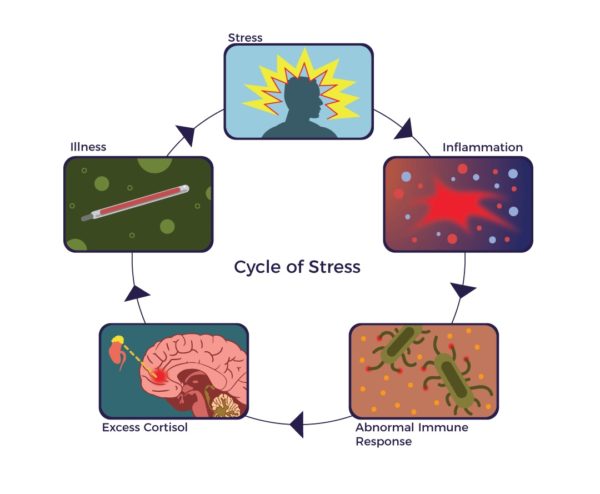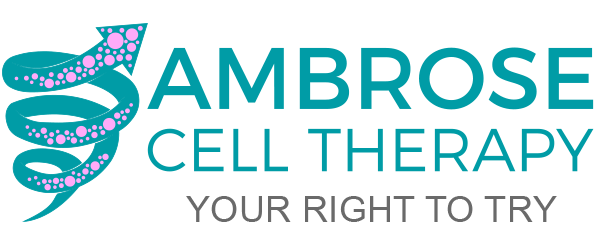Realistic Expectations and Optimizing Your Outcome
It remains obvious that lifestyle contributes to health or disease. Excessive work, being sedentary, smoking, substance abuse, a poor diet, unhealthy relationships, etc., are associated with poor health.
Therefore, patients who take responsibility for their overall health and outcome are more likely to super-respond to their cell therapy.
On the opposite side of the coin, ignoring the basics of health and wellness should mute your expectations. Your outcome will be better to the degree that you contribute to the repair process.
FAQs
When should I begin exercise?
You may start walking and light exercise within a week or two of your procedure, depending upon when you feel up to it.
Patients should begin exercising at 25% of their normal level at about four weeks out. You may increase that by 25% every two weeks. In other words, most patients take a little more than two months to return to playing golf, tennis, yoga or working out.
You should take your time before resuming sports known to stress the musculoskeletal system. Your body will tell you if you are doing too much too soon or can do more than the formula above.
The repair process takes time. Exercise helps it but rushing back into sports works against that process. The needed period varies from person to person. Patience remains a virtue.
When will I begin to experience benefits?
Every patient is unique; therefore, their path of improvement differs. Bearing that in mind, most patients experience notable benefits between four and six weeks.
Because ADRCs are regenerative and restorative, they continue to do their jobs for months and even years. Many patients say their rate of benefit accelerated over time.
What to expect when?
No two patients have responded the same, yet AMBROSE’s Patient-Reported Outcomes suggest a pattern:
- Patients feel an emotional lift. They express this as more energy, happier, equanimity, a sense of well-being, and mental clarity.
- Pain begins to subside, and function starts to improve.
- They become more active.
Is stem cell therapy a cure?
A cure implies one never experiences a sign or symptom of a disease again. This expectation is unrealistic. In contrast, Ambrose Cell Therapy aims to improve symptoms, function, and quality of life.

Who benefits the most?
Patients who adopt or continue common sense diet, exercise, and lifestyle practices benefit the most from cell therapy.
Notably, Ambrose can eliminate the requirement for extreme diets, excessive supplements, regular chiropractic adjustments, and so forth.
From a different angle, people who failed to respond to PT or other conservative modes of therapy before AMBROSE often do so after their treatment. Published studies support this potential benefit.
 What causes a flare?
What causes a flare?
Levels of physical or psychological stress exceeding what an individual can tolerate fight with the healing process.
For example:
- Some exercises aggravate back pain, e.g., crunches, the treadmill, and some stretches. It is different for everybody.
- The same holds for shoulders, hips, knees, and so forth. You may find eliminating a particular exercise, dialing back the frequency or intensity, or improving your form resolves the flare.
- Inactivity and overdoing exercise cause relapses or lack of response in the first place.
- Dementia, Parkinson’s, MS, and other neurologic conditions lower tolerance for psychological and physical stress. Travel, work, large gatherings, and negativity may be too much for individuals living with these diseases. Thus, patients and their caregivers should not expect to travel, work, and socialize as they did before the onset of their condition. As symptoms subside, the goal is to return to activities with family and friends, sports, and work as appropriate for them.
- Sometimes caregivers over-care for the family member. They bring them to multiple healthcare providers, restrict their diets, overdo nutritional supplements, and so on. Despite one’s best intentions, this approach adds stress. Instead, the best therapies are being with family and friends and doing enjoyable, relaxing activities.
Improving Cell Therapy Outcomes explains the cycle of stress in more detail.
In summary, listen to your body and manage your activities accordingly. As the body becomes healthier, you can do more. On the other side of the coin, if specific exercises cause pain or other symptoms, it is essential to identify the triggers and modify what you are doing.
